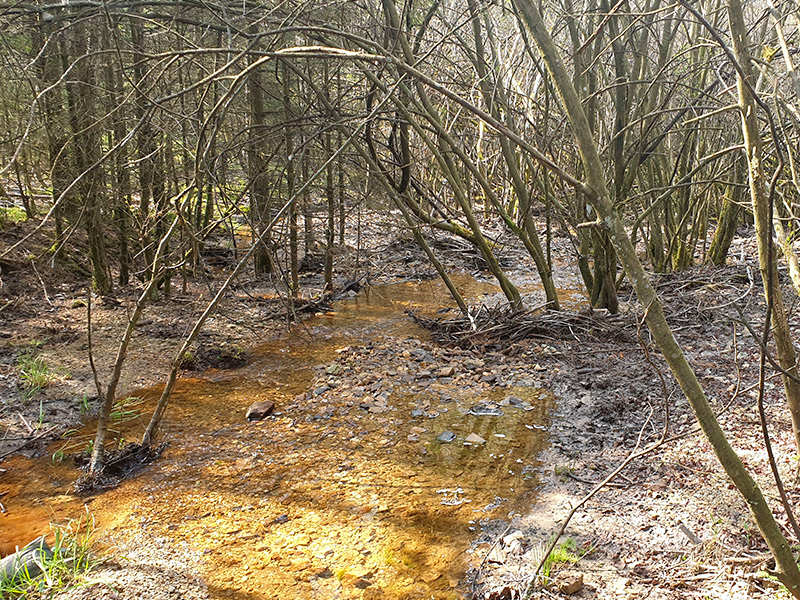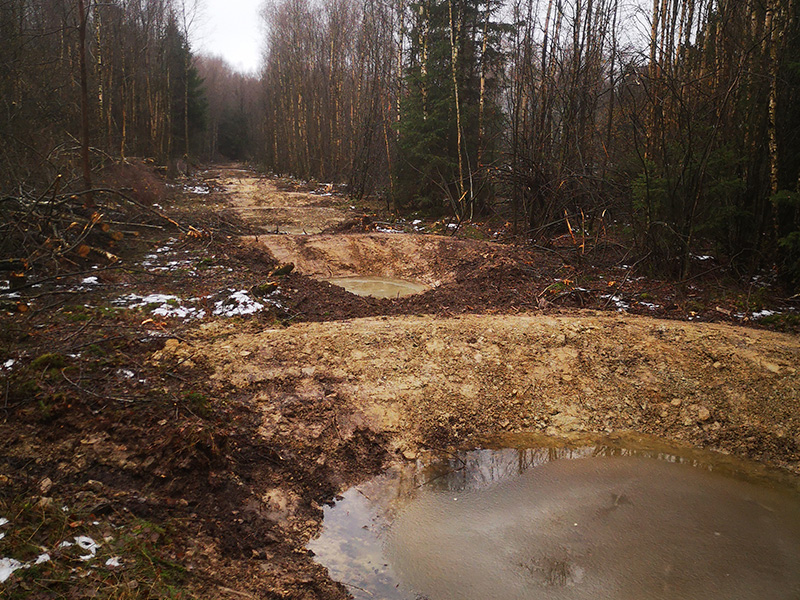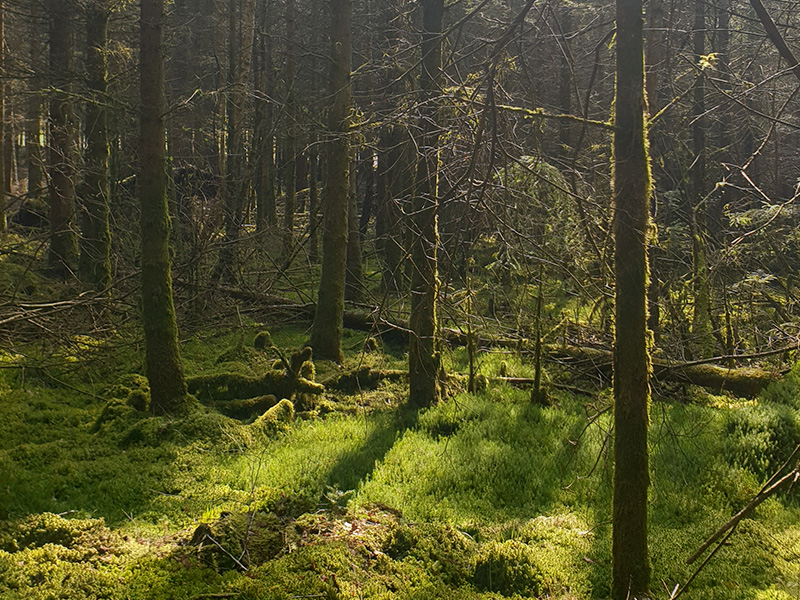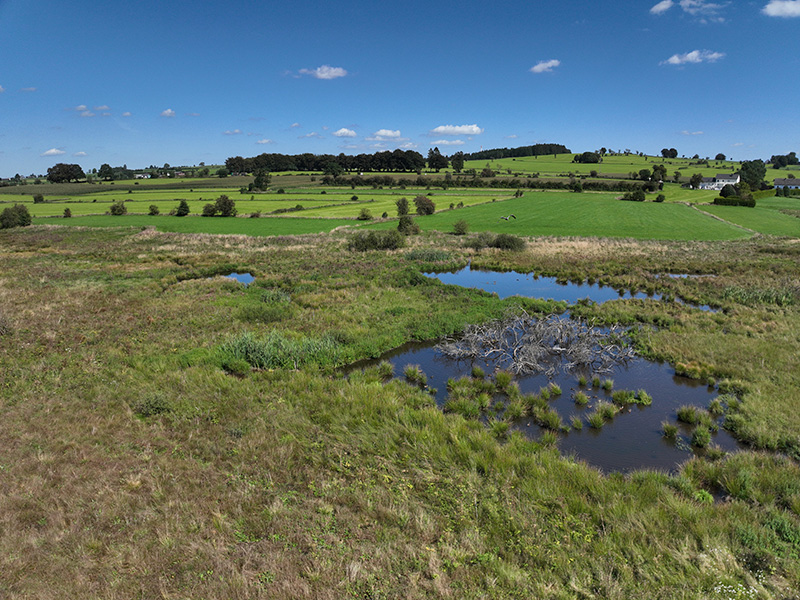REWET Open Lab 5
River Bêche, Belgium

Location:
Natural Reserve Gérard & Francis Paquay (Quatre-Vents), Vielsalm, Belgium
Type of wetland:
Natural Sponge - Upper catchment floodplain
Size:
2 km2
Site manager:
Walloon Region, Natagora, private owners
OL coordinator (organisation and country):
Wetlands International, STROMING
Restoring the Amblève River
Balancing Water Flows: From Flood Risks to Biodiversity Recovery
Most European rivers have suffered major alterations to improve conditions for navigation as well as creating agricultural lands and these led to worrying side effects, such as quicker discharge of water and higher flood risks, longer periods of low flows, and the loss of biodiversity. Back in 2021, the Amblève River faced severe flooding. The post-flood analysis found that drainage in upstream land areas in the region amplified the peak discharges downstream. Therefore, restoring the site will mitigate future flood and drought risks in the region, apart from fostering carbon sequestration within the soil and vegetation.

Moors Restoration in Haute Ardennes
REWET Project: Revitalizing Water Flows and Habitats

Moors are one of Europe’s most threatened habitat types. The Haute Ardennes were characterized large areas of moors, which have almost completely disappeared following the widespread drainage of soils for the planting of spruce plantations. The elevation ranges between 470 and 530 m a.s.l. with a slope of <10%, make the area suitable for natural water retention measures. Within the REWET project and in addition to the LIFE Nardus assignment for habitat restoration, the southeastern area of the Vielsalm community alongside the Amblève tributary Bêche will be restored.
REWET will focus on hydrological restoration to retain and slow down more water than the area is doing now. REWET interventions will focus on blocking drainage canals in small parts of the river basin to reduce stream velocity of water flows and limit the risk of floods. This approach will allow a much larger fraction of the precipitation to start infiltrate the soil again and travel downwards as a much slower, subsurface flow.
Transformative Restoration by Natagora
Elevating Ecosystems: Strategic Water Management and Biodiversity Enhancement
Natagora, landowner of the majority of the land undergoing restoration, previously initiated restoration measures on-site, including the removal of sections of spruce forest as part of the transformative LIFE Nardus project.
A critical milestone in this restoration journey was the elevation of the water table, achieved through the strategic installation of dams and obstacles to block the drainage channels.
The REWET intervention has the potential to transform upstream catchment areas into biodiverse carbon sinks that address multiple policy objectives.

Natural Restoration at Emmels River
Harnessing Nature's Power: Beaver-Driven Restoration Success

Together with the restoration operation in the Bêche river, the team of the REWET OL5 is also engaged in research activities in the river Emmels, a small tributary situated between Sankt-Vith and Amel, province of Liège, in Wallonia. This site has already been restored and the biodiversity has returned. In particular, this site has a beaver-created wetland working its way downstream in the river. In just 2 months, beavers raised the water table dramatically in this downstream stretch (30 – 50 cm) by creating two more dams. Sometimes, we just need the nature to do its best by itself to obtain the most stunning results.